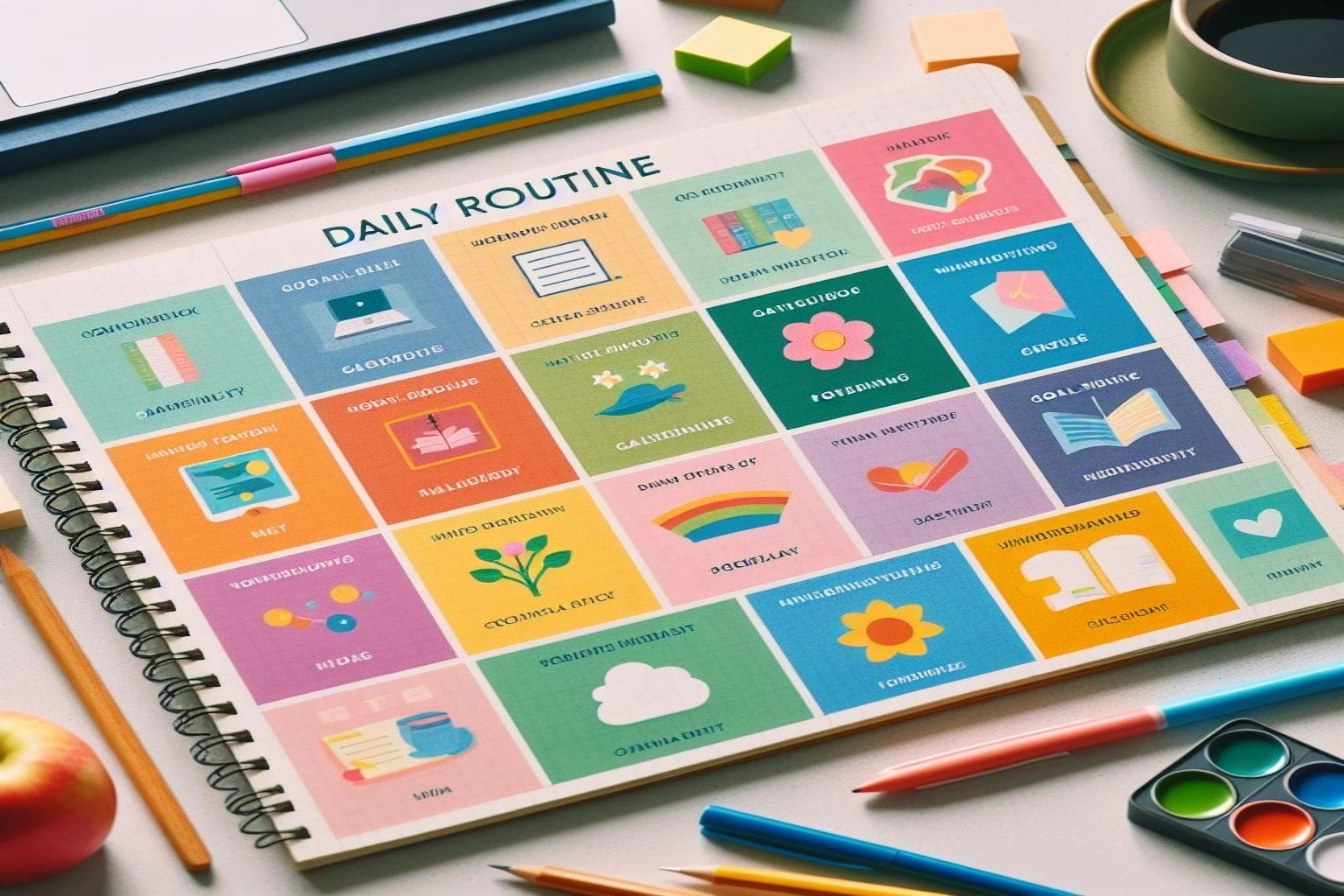
Introduction:
Becoming truly wealthy isn’t about having a high-paying job or lavish lifestyle. Real wealth is built through owning assets that provide recurring cash flow with little effort on your part. The top 1% use a simple but powerful money management strategy called the 75/15/10 rule to automate saving, build equity assets, and generate enough passive income to fund their ideal lifestyle. By implementing this system, you can take control of your finances and build substantial wealth over time like the super rich do.
The Average Person’s Flawed Money Strategy
Most people follow a flawed strategy when it comes to earning, spending, and managing their money. Here’s what the average income earner does:
They work at a job, run a business, or have some side hustle that generates income. This money comes from exchanging their time and effort for a paycheck – it requires you to actively work to earn it.
Once they get paid, nearly every dollar goes towards funding their lifestyle and discretionary expenses. The money is used to pay for costs like housing, transportation, clothing, vacations, dining out, entertainment, and more.
This strategy is extremely common, but there are two big problems:
You are 100% reliant on your ability to work. When you retire, switch jobs, or take time off, the money stops coming in. There’s no residual income or equity assets paying you.
You build no wealth. Every dollar gets spent on depreciating liabilities. You have no equity, ownership, or assets that appreciate over time.
This approach guarantees that you remain financially dependent on your job and that you never build true wealth. To join the 1%, you need to flip the script.
How the 1% Manage, Save, and Invest Their Money
The super wealthy take a very different approach to managing their finances. They implement proven systems that automate saving, build equity assets, and generate substantial passive income. Here is what the 1% do:
Earn money as an entrepreneur and innovator, not an employee. Rather than work for a salary, they earn money by being leaders and creators within businesses. This allows them to build more wealth through ownership.
Invest most of their income into appreciating assets. They avoid spending on liabilities. The focus is on assets like real estate, stocks, and their own companies that build equity.
Use cash flow from assets to fund their lifestyle. They live off the residual passive income from assets, not their salaries. This provides recurring income no matter what.
This strategy is powerful because you build assets that provide income for life. You generate cash flow without having to actively work and trade your time. The assets and equity do the work. This is how you create true, lasting wealth.
Implement the 75/15/10 Rule to Manage Your Money Like the 1%
Now that you understand the flaws of the average strategy and the power of the 1% approach, let’s discuss how you can actually implement this in your own finances. This is where the 75/15/10 rule comes into play.
The 75/15/10 rule provides a simple money management blueprint that automates saving, forces you to invest in equity assets, and prevents overspending on liabilities. Here is how it works:
Save 10%
The first 10% of your income goes into savings. This covers emergencies and unexpected costs so you don’t end up in debt. Save at least 3-6 months’ worth of living expenses.
Invest 15%
The next 15% gets invested into appreciating assets like stocks, real estate, or your own business. This builds equity and wealth over time.
Spend 75% (Maximum)
The remaining 75% is the maximum you can spend to fund your lifestyle and purchase liabilities. This includes housing, transportation, insurance, vacations, dining out, and more.
To implement this, set up 3 separate bank accounts for saving, investing, and spending. Treat each account like it has firm restrictions on what that money can be used for.
The moment you get paid, immediately distribute funds into the 3 accounts according to the 75/15/10 percentages. Do this before spending a single dollar.
Automate transfers if possible. Out of sight, out of mind. This system forces you to pay yourself first.
Why You Must Pay Yourself First
The key to this system is it prioritizes saving and investing before lifestyle spending. You pay yourself first through saving and investing. Too many people do the opposite – they spend all their money and save nothing.
When you pay yourself first, you take the decision-making out of the equation. Saving and investing happens automatically. You develop the habit and discipline. This prevents bad money decisions, overspending, and living beyond your means.
Paying yourself first also ensures that you build wealth consistently throughout your working years. Saving and investing becomes a priority, not something you do “if there’s money left over.”
How to Invest the 15%
Okay, so you’re automatically saving 10% of your income and investing 15%. Now what? Where should you actually put that 15% being invested? Here are some options:
Passive Index Funds
One simple strategy is to invest in low-cost, diversified index funds or ETFs. These provide exposure to entire stock market sectors so you benefit from broad growth. All you have to do is steadily contribute – no stock picking required.
Individual Dividend Stocks
You can build a portfolio of dividend paying stocks. Dividends provide recurring cash flow. Reinvest them to compound growth. Blue chip stocks like the Dividend Aristocrats are a smart choice.
Rental Real Estate
Investing in rental properties leverages other people’s money through mortgages. You buy the property and then renters pay down the debt. Target 7-15% annual returns and make sure cash flow covers expenses.
Your Own Business
Rather than take all the profits from your business personally, invest a portion back into growth. Hire managers so operations aren’t totally dependent on you. Build systems to make the business more scalable.
Peer-to-Peer Lending
Invest in loans funded through peer-to-peer platforms like Lending Club. You provide the capital and get paid interest monthly as borrowers repay. Returns typically range from 5-7%.
When to Invest More (or Less) Than 15%
The 75/15/10 rule provides approximate percentages. Don’t get caught up in the exact numbers. Some situations may call for investing more or less than 15%:
Invest More When:
- You’re young with a long time horizon
- You have minimal expenses and liabilities
- You want to retire early or quickly build wealth
- You have a high-risk tolerance
Invest Less When:
- You’re close to retirement age
- You have high expenses or lots of liabilities
- You have a low risk tolerance
- Market conditions are unfavorable
The most important thing is that you’re consistently investing something – even if it’s just 5% or 10% to start. You can gradually increase contributions as your financial situation improves.
What to Do Once You’ve Saved 3-6 Months of Expenses
consistency is key. But what happens when you’ve fully funded your emergency savings with 3-6 months of living expenses? Now you can redirect that 10% into investing as well.
After your savings is full, add the 10% to your 15% investing contribution. Now you’re investing 25% of your income into wealth-building assets. This will accelerate your ability to generate passive income from investments.
Make sure you re-evaluate your emergency fund at least once a year and top it back up if needed. If your expenses increase, aim for closer to 6 months of savings rather than 3.
The Benefits of Implementing This System
There are many powerful benefits to managing your money according to the 75/15/10 rule:
- It forces you to pay yourself first automatically
- It builds wealth through ownership of equity assets
- It provides residual income that isn’t tied to your job
- It ensures you live below your means and don’t overspend
- It creates financial security and flexibility to take risks
- It takes emotion and decision fatigue out of money management
- It maximizes how much you can invest as your income grows
The super wealthy didn’t get rich by accident. They proactively implemented systems like the 75/15/10 rule to make smart money decisions habit and guarantee their financial success.
This strategy is flexible enough to work at any income level, simple enough for anyone to implement, and proven enough to build real wealth over time.
Final Tips for Sticking to the 75/15/10 Rule
Here are some final tips to help you stick to the 75/15/10 system consistently:
- Make it automatic with direct deposit or bank withdrawals
- Use separate bank accounts for each purpose
- Set firm budgets for your spending categories
- Review your investment portfolio at least quarterly
- Rebalance allocations to meet your target percentages
- Give yourself a “raise” every time your income increases
- Only make exceptions for true emergencies, not lifestyle inflation
- Visualize your wealth building through net worth tracking apps
- Stay disciplined and remember that little savings add up over decades
The key is consistency over many years. Even small amounts contributed diligently add up thanks to compound growth. Prioritize paying yourself first no matter what your income is.
Take control of your money like the wealthy do by implementing the 75/15/10 rule. Make saving, investing, and intentional spending a habit via automation. This system stacks the odds for financial success in your favor.
The only way to build true wealth is through owning equity assets that provide recurring cash flow and income. With the 75/15/10 blueprint, you can position yourself to earn like the 1% do – through assets, not labor. Get started today.







